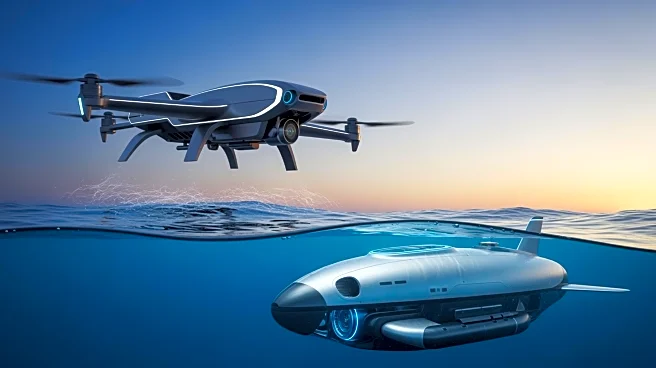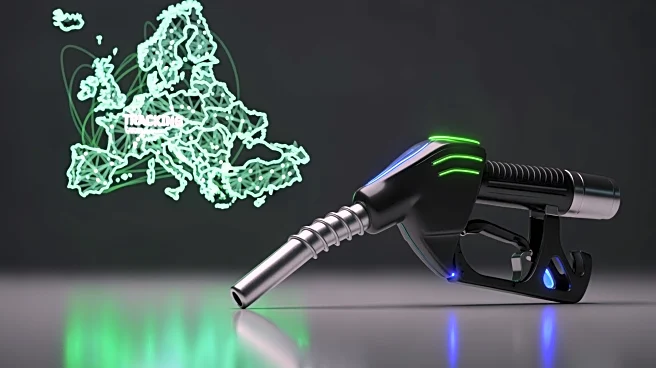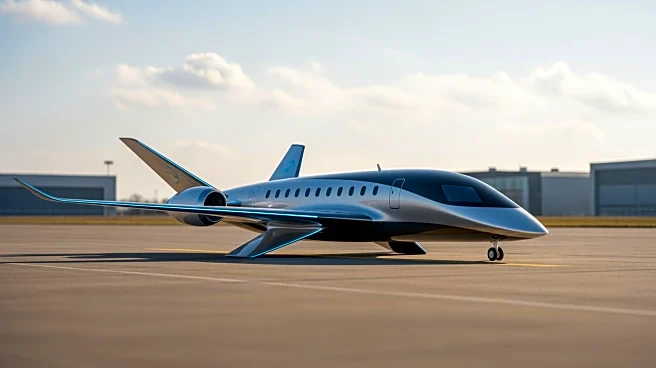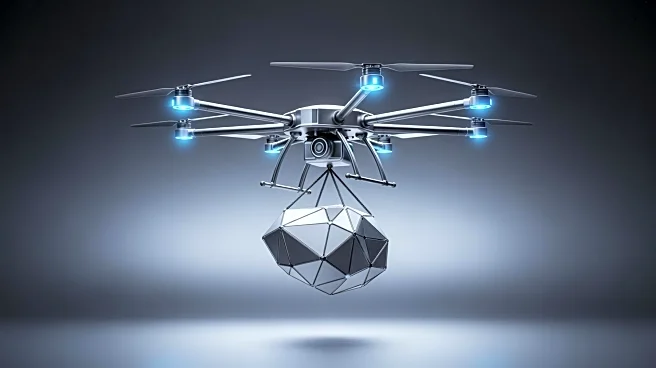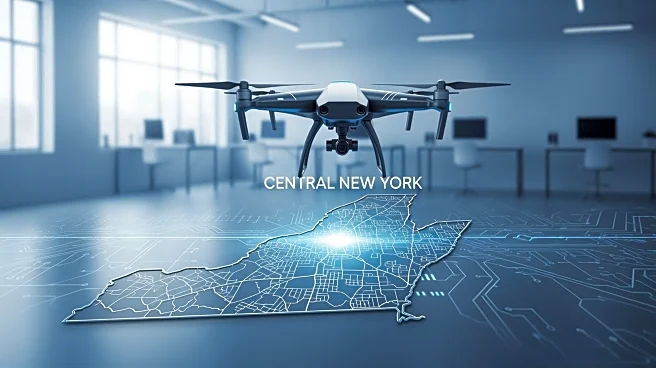What's Happening?
E-magy has introduced a high-energy density lithium ion battery cell designed specifically for multirotor and hybrid VTOL drone platforms. This innovative battery utilizes a unique silicon anode technology, which offers higher capacity and faster charging
times in a compact and cost-effective form. The manufacturing process involves a nanoporous structure that provides high mechanical stability, preventing the swelling and breaking issues typically associated with other silicon technologies. The environmentally friendly and cost-effective cells use metallurgical-grade silicon and a highly efficient casting process with a low carbon footprint. The battery solution has demonstrated consistent performance, achieving over 30 minutes of drone flight time for up to 186 flight cycles. The first iteration of this technology is already in production, with an improved cell design expected to be available for sampling in the first half of 2026.
Why It's Important?
The development of E-magy's high-energy density lithium ion battery represents a significant advancement in drone technology, potentially transforming the capabilities of unmanned aerial systems. By offering longer flight times and faster charging, this innovation could enhance the operational efficiency of drones used in various sectors, including logistics, surveillance, and environmental monitoring. The environmentally friendly production process aligns with global efforts to reduce carbon footprints, making it a sustainable choice for industries looking to adopt greener technologies. The use of abundantly available materials also suggests potential cost savings, which could make advanced drone technology more accessible to a wider range of users.
What's Next?
E-magy plans to continue refining its battery technology, with an improved cell design expected to be ready for sampling in the first half of 2026. This development could lead to further enhancements in drone performance and efficiency. As the technology progresses, stakeholders in industries such as logistics, agriculture, and environmental monitoring may increasingly adopt drones equipped with these advanced batteries, potentially leading to new applications and business models. The ongoing innovation in battery technology may also prompt competitors to explore similar advancements, driving further progress in the field of unmanned aerial systems.
Beyond the Headlines
The introduction of E-magy's battery technology could have broader implications for the energy sector, particularly in the context of renewable energy and sustainable practices. The use of silicon anode technology may inspire further research into alternative materials and processes that reduce environmental impact. Additionally, the success of this technology could encourage investment in similar innovations, potentially leading to breakthroughs in other areas of energy storage and consumption. As industries increasingly prioritize sustainability, the demand for environmentally friendly solutions like E-magy's battery is likely to grow, influencing market trends and consumer preferences.



